Indifference… At a local event this past week, I asked a friend who is involved in safety work the question, why are people getting killed at work? He quickly came up with this answer.
“A lot fewer people are being killed than it used to be before OSHA. There has been a lot of progress. We must be at about the best we can do.“
Then the conversation moved off to the Olympics. He just brushed this off as no longer important.
But this is important to the approximately 5,200 families who have had someone in their family killed. This experience remains with the family forever. And this 5,200 total number is an every year statistic!
Those of you reading my newsletters know that I am constantly trying to help people reduce injuries and deaths by building Partner-Centered Leadership and sharing real case studies that have been published in Professional Safety. We can reduce the numbers of injuries and fatalities, and we shouldn’t just push this problem aside with indifference.
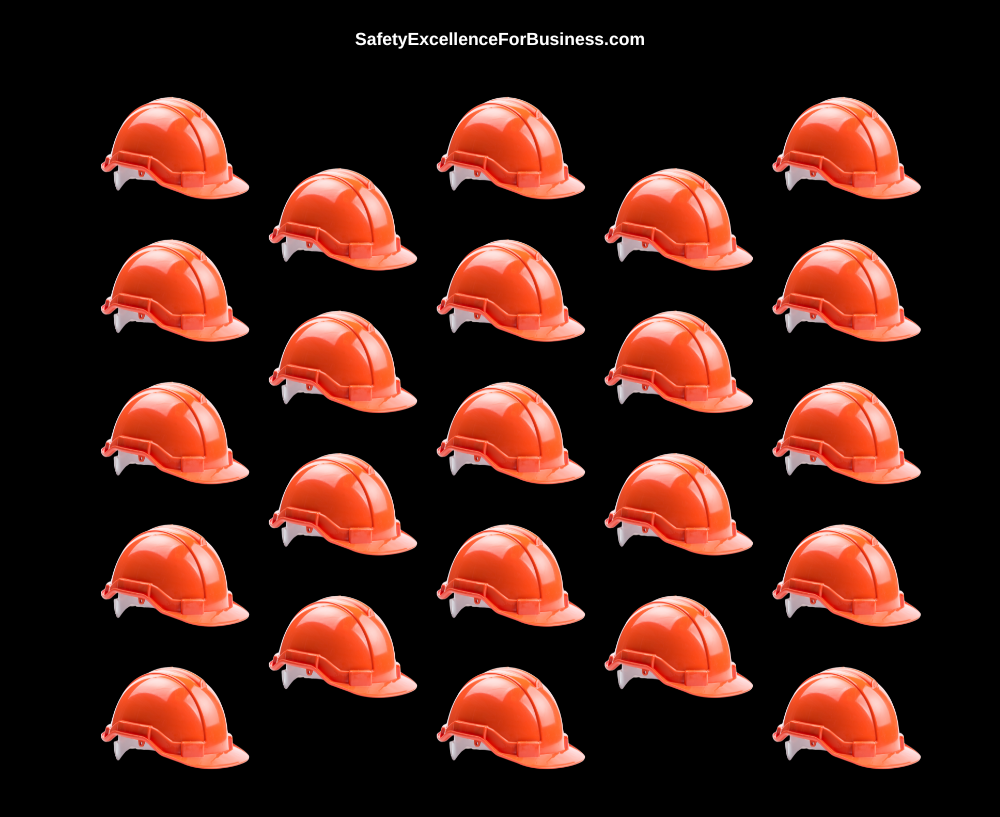
Leaders Lacking Insights About What Is Possible
At a recent graduation celebration gathering, I was talking with a family member who has a very responsible safety leadership job in a large company, about my efforts to have fewer people killed at work. We talked about Partner-Centered Leadership and having everyone involved, co-creating our shared futures and taking more responsibility for the whole business efforts, including safety.
I was asked, “How do you work this way across widely dispersed sites?” This is a challenge for sure. The way I see it, this effort has to begin with the CEO and the Leadership Team. They need to talk about Partner-Centered Leadership and walk the talk at every site visit so people can understand that they mean it. The top people need to personally engage the lower levels in learning to lead this way and insist that everyone is involved. The CEO and Leadership Team should do some of the training of the lower-level people.
If someone does not get on board, then some tough decisions need to be made. The message should be that this is the way the company is going to do business going forward. But equally important is helping everyone to see that going home to one’s family at the end of the workday with all one’s body parts intact – no injuries, no incidents, is the absolute answer to What’s in it for me?
My mantra when I was a plant manager was, “I don’t have a right to make my living where it is okay for you to get hurt!” Does anyone have this right? The methodology for success is to engage people – for supervision across the board, up and down the organization to learn how to ask process questions. When it comes to safety, leaders who are in denial, or pretending one “doesn’t know” just doesn’t cut it. Asking process questions can ensure accountability.
We then talked about why there was so much resistance to these ideas. Based on some hard systems thinking, I think that the whole US safety industry with all the training, audits, fines, blame, etc. is driven by FEAR! This idea can be startling. Examining safety from a systems perspective was a different idea – particularly noting that fear was a key driver.
The problem with a culture being driven by fear is that it is very difficult to learn and do new things. Just about everyone is concentrated on covering their backside rather than talking together in an environment that is safe enough to explore new ideas together. When we work together using Partner-Centered Leadership, we can open up the vast knowledge that is lying hidden in our organizations. When we treat people with respect, listen and learn together, amazing new ideas and possibilities bubble up.
Everything changes! Productivity goes up. Earnings go up, Safety improves. The culture becomes one where almost everyone is learning, growing, taking more responsibility and producing great results. New possibilities emerge which often lead to much better earnings.
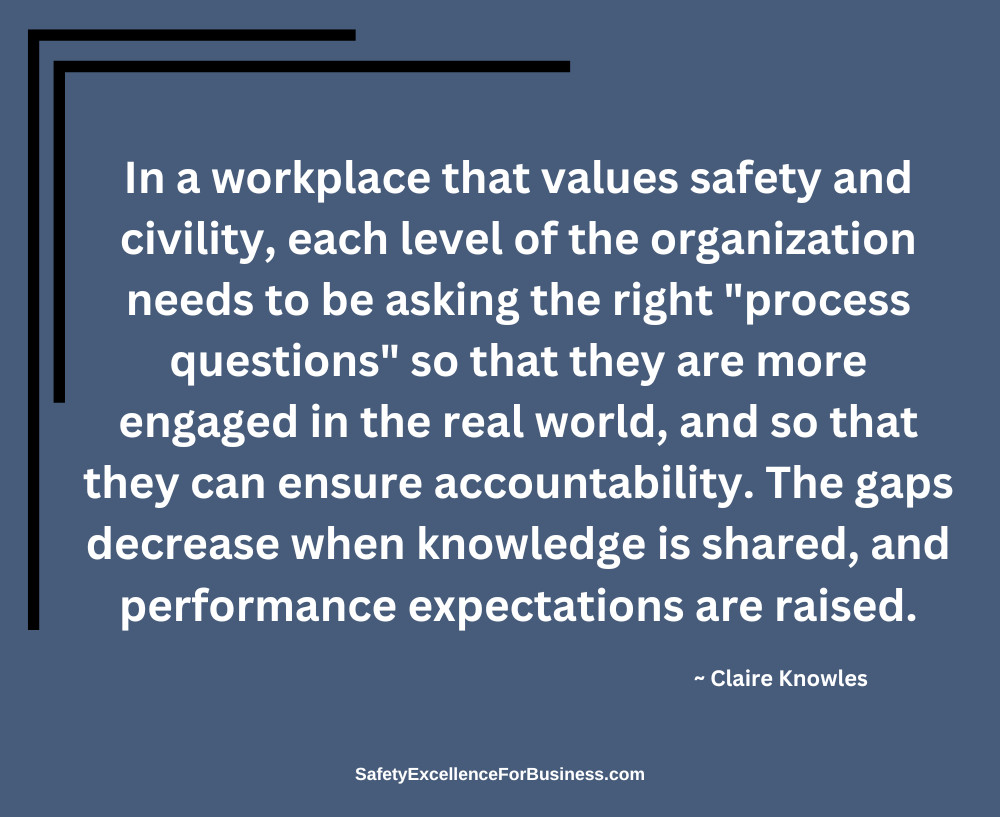
Partner-Centered Leadership
When the CEO and the Leadership Team learn what is possible and how to work this way with authenticity and caring, this can spread throughout their organization and achieve significantly better results. It takes some effort and dedication, but there is no need for new capital investment. In a sense, Partner-Centered Leadership is free!

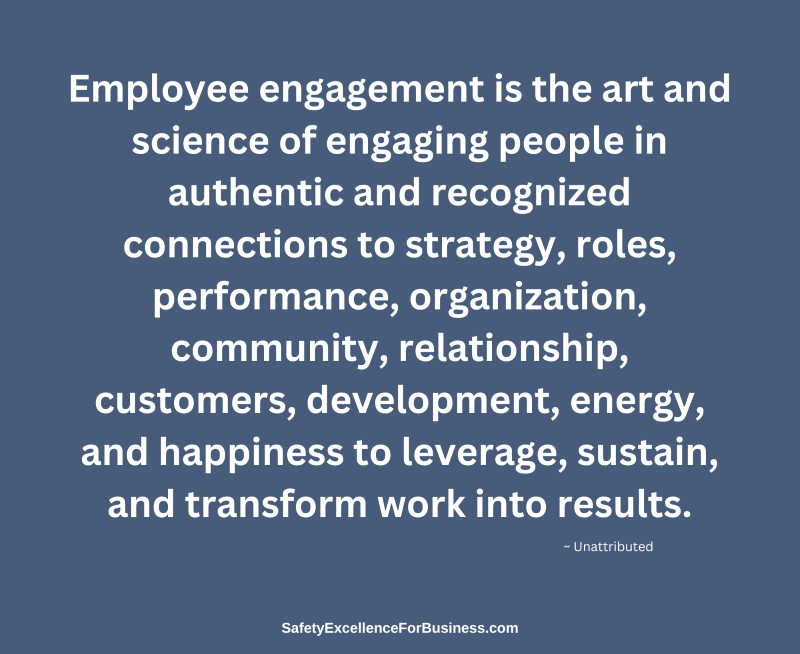
 In this story, a wicked witch puts the princess and the whole kingdom to sleep for 100 years. They all have to wait for the arrival of the prince to kiss the princess and awaken everyone. As children, we all knew this story, but in this new book, Stephen Capizzano shifts the story to thinking about what happens in our organizations.
In this story, a wicked witch puts the princess and the whole kingdom to sleep for 100 years. They all have to wait for the arrival of the prince to kiss the princess and awaken everyone. As children, we all knew this story, but in this new book, Stephen Capizzano shifts the story to thinking about what happens in our organizations. When we were able to shed our old habits at our Plant in West Virginia, injury rates dropped by 97%, emissions to air, ground and water as reported to the EPA dropped 95%, productivity rose by 45% and earnings rose by 300%. As I walked the plant for 5 hours each day we were reminding ourselves to shed the old habits and create a much brighter future.
When we were able to shed our old habits at our Plant in West Virginia, injury rates dropped by 97%, emissions to air, ground and water as reported to the EPA dropped 95%, productivity rose by 45% and earnings rose by 300%. As I walked the plant for 5 hours each day we were reminding ourselves to shed the old habits and create a much brighter future.
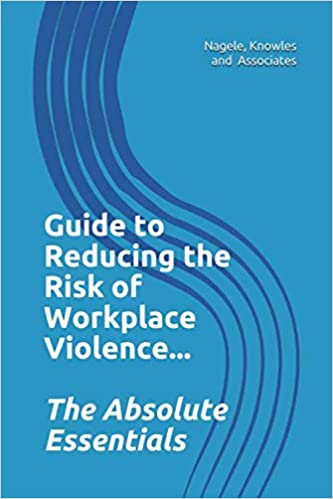
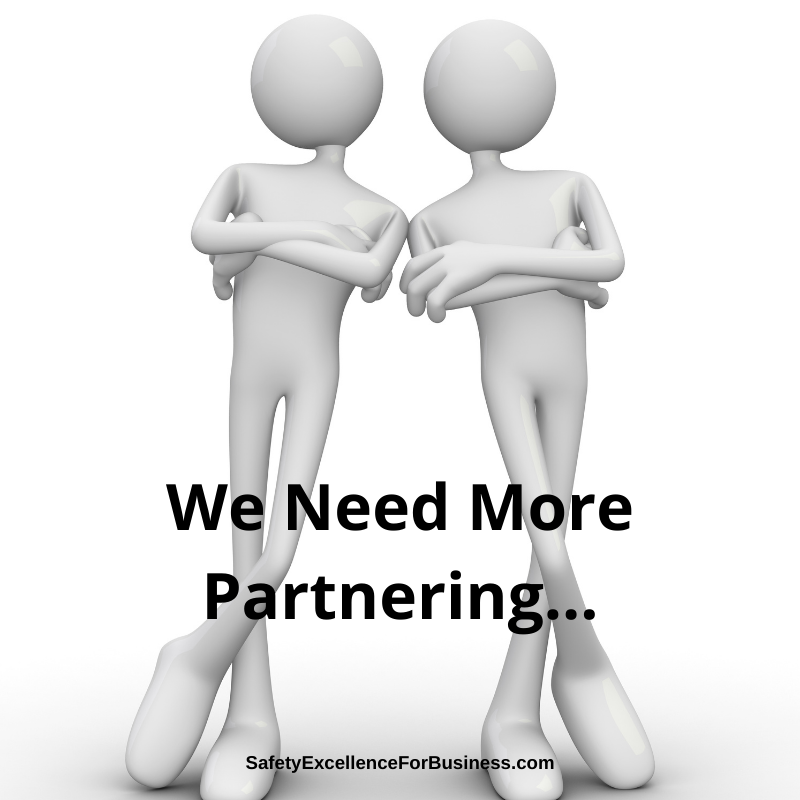 The COVID-19 pandemic, the return to school questions, the protests and riots in so many of our cities, the bitter political campaign, the demand for using the “correct” words, are driving people crazy. The COVID-19, the questions, the anxieties and concerns, spill into our workplaces causing a lot of uncertainty and stress. We see this happening every day. Our businesses, our schools and hospitals, our governments, and not-for-profits, at all levels, are struggling. Changes and pressures are coming faster and faster.
The COVID-19 pandemic, the return to school questions, the protests and riots in so many of our cities, the bitter political campaign, the demand for using the “correct” words, are driving people crazy. The COVID-19, the questions, the anxieties and concerns, spill into our workplaces causing a lot of uncertainty and stress. We see this happening every day. Our businesses, our schools and hospitals, our governments, and not-for-profits, at all levels, are struggling. Changes and pressures are coming faster and faster. In thinking about your own place where you work, what do you suppose it would be like if you did some of these things? Do you think that you could begin talking with others about the COVID-19 challenges and building a more respectful environment? What do you think it would be like if you could openly talk together about the important issues like workable, social distancing and improving the safety of your job?
In thinking about your own place where you work, what do you suppose it would be like if you did some of these things? Do you think that you could begin talking with others about the COVID-19 challenges and building a more respectful environment? What do you think it would be like if you could openly talk together about the important issues like workable, social distancing and improving the safety of your job? When I was transferred to the DuPont Belle, West Virginia plant in 1987, the Total Recordable Injury Case Rate (TRC) was about 5.8 and emissions to air, water and ground, as reported in the EPA Toxic Release Inventory (TRI) annual report, was over 6,000,000 pounds/year. Within three years, both of these had dropped by about 95% to a TRC of about 0.3 and a TRI of about 275,000 pounds/year. Emissions to the environment is one way to measure how well the process safety is working; the better the process safety work, the lower the emissions to the environment.
When I was transferred to the DuPont Belle, West Virginia plant in 1987, the Total Recordable Injury Case Rate (TRC) was about 5.8 and emissions to air, water and ground, as reported in the EPA Toxic Release Inventory (TRI) annual report, was over 6,000,000 pounds/year. Within three years, both of these had dropped by about 95% to a TRC of about 0.3 and a TRI of about 275,000 pounds/year. Emissions to the environment is one way to measure how well the process safety is working; the better the process safety work, the lower the emissions to the environment.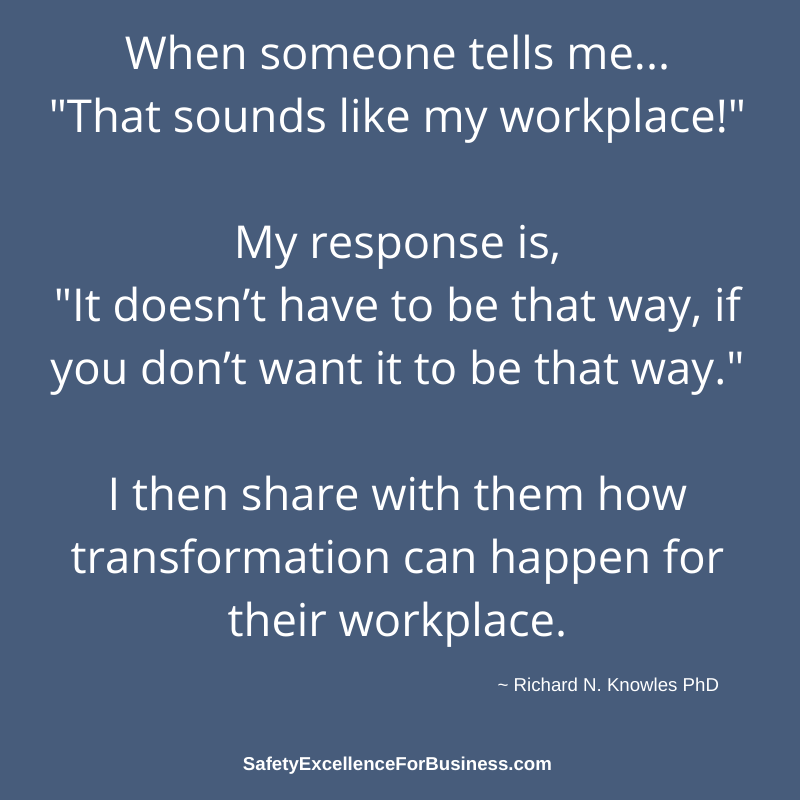 The process safety management collapsed in January of 2010 with major, accidental releases to the air and river and they had a man get killed with a phosgene release. When the US Chemical Safety Board investigated in late 2010, they reported that while the occupational safety and health performance was the best in the DuPont Company, the process safety management had fallen apart and the plant was not even using the DuPont standard procedures. This was a sad commentary about how far things had fallen.
The process safety management collapsed in January of 2010 with major, accidental releases to the air and river and they had a man get killed with a phosgene release. When the US Chemical Safety Board investigated in late 2010, they reported that while the occupational safety and health performance was the best in the DuPont Company, the process safety management had fallen apart and the plant was not even using the DuPont standard procedures. This was a sad commentary about how far things had fallen. You can’t turn on the news or check your Internet homepage without sensing the depth of the issues that our country is experiencing. Whether it is returning to the workplace amidst COVID-19 rules, political protests, religious non-tolerance, or negative nightly news events – we’re experiencing a wide berth of dramatic events. And each of us has an opinion, a response, a way that we individually see these events and cope with this discord.
You can’t turn on the news or check your Internet homepage without sensing the depth of the issues that our country is experiencing. Whether it is returning to the workplace amidst COVID-19 rules, political protests, religious non-tolerance, or negative nightly news events – we’re experiencing a wide berth of dramatic events. And each of us has an opinion, a response, a way that we individually see these events and cope with this discord.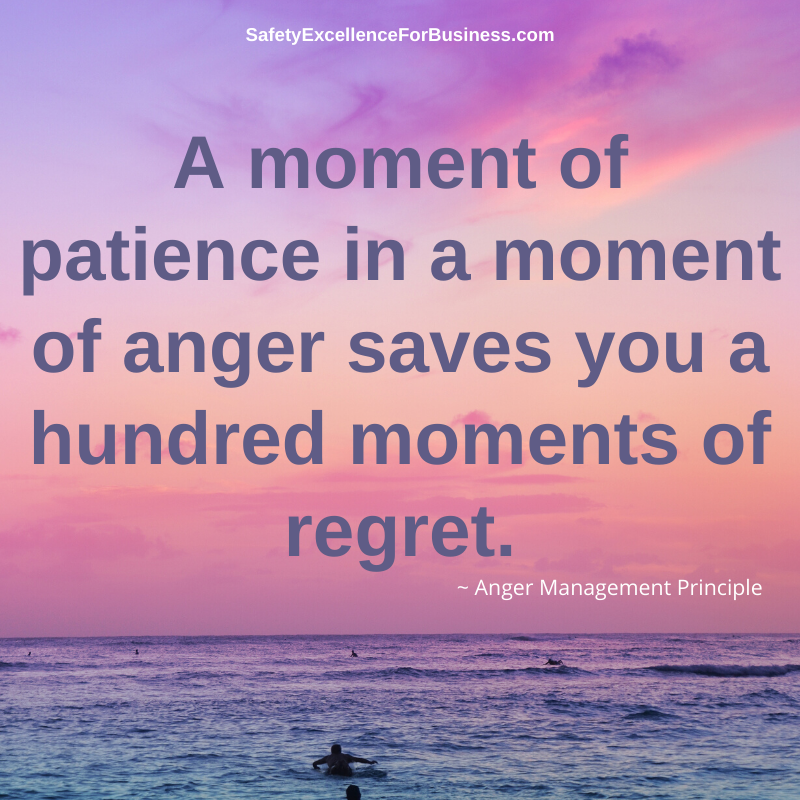 It doesn’t have to be that way! Take a timeout!
It doesn’t have to be that way! Take a timeout! It will not be easy as people are returning to the workplace. Leaders and managers must get out of their offices and purposefully engage with the people. They need to talk about the COVID-19 problem, share what is happening, and talk about the problems with which they are dealing. They need to do this with openness, honesty, respect, and caring. This is not just a one-off contact; leaders and managers need to engage in these conversations every day!
It will not be easy as people are returning to the workplace. Leaders and managers must get out of their offices and purposefully engage with the people. They need to talk about the COVID-19 problem, share what is happening, and talk about the problems with which they are dealing. They need to do this with openness, honesty, respect, and caring. This is not just a one-off contact; leaders and managers need to engage in these conversations every day! In the June 2017 issue of EHS-Today is an article about engaging and training workers as a foundation block for an effective safety program, while applying critical thinking principles. The intent, of course, is to seek out more and more opportunities to have people involved and participating in safety risk assessment, engaging at a grassroots level for finding solutions and training whole teams in the entire process. At a deep level, each of us knows that having people involved and with you in moving your business or organization forward is a good thing!
In the June 2017 issue of EHS-Today is an article about engaging and training workers as a foundation block for an effective safety program, while applying critical thinking principles. The intent, of course, is to seek out more and more opportunities to have people involved and participating in safety risk assessment, engaging at a grassroots level for finding solutions and training whole teams in the entire process. At a deep level, each of us knows that having people involved and with you in moving your business or organization forward is a good thing!




